
Question and Answers Forum
AllQuestion and Answers: Page 321
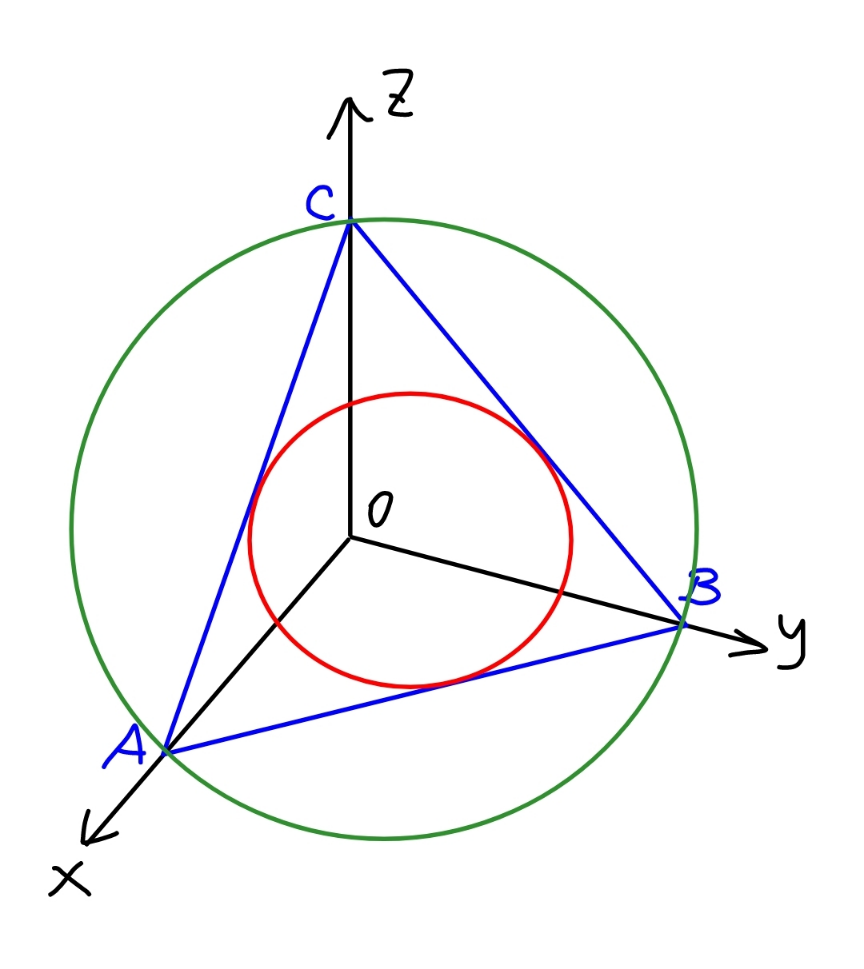
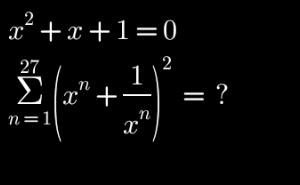

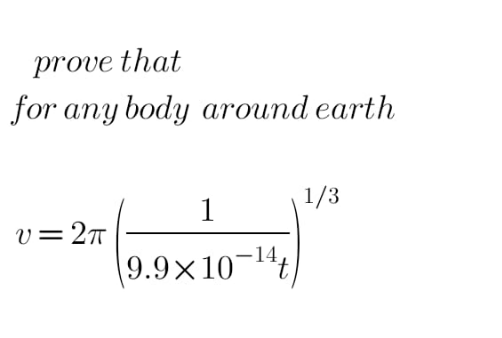

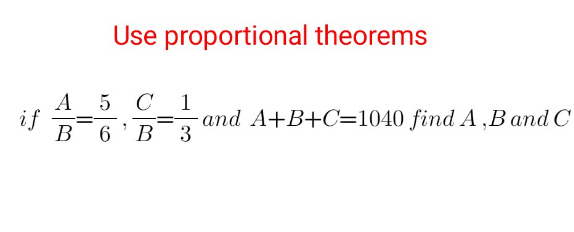
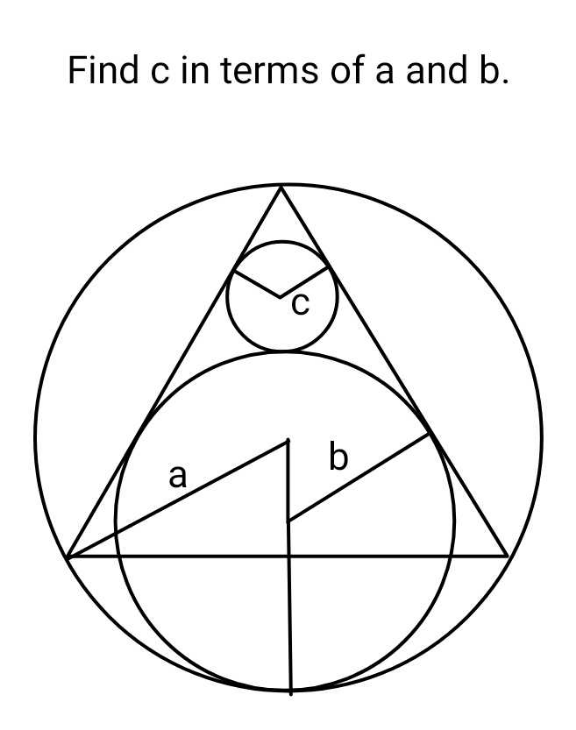

Pg 316 Pg 317 Pg 318 Pg 319 Pg 320 Pg 321 Pg 322 Pg 323 Pg 324 Pg 325
|
Question and Answers Forum |
AllQuestion and Answers: Page 321 |

|
| what is the formula between actual depth apparent depth and refraction index that an object is in a rarer medium? |

|

|

|

|
| I=∫ (1/( (√(x (√x) −x^2 )))) dx I=∫ (1/( ∙ (√(x((√x) −x))))) dx I=∫ (1/( (√x) ∙ (√((√x) −x)) )) ×(2/2) dx I= ∫ (1/( (√(4(√x) −4x)))) ∙ (2/( (√x))) dx I=2∫ ( /( (√(1−(1−2 (√x))^2 )))) ∙ (1/( (√x))) dx I= −2∫ (1/( (√(1−(1−2(√x))^2 )))) ∙ d(1−2(√x)) I= −2sin^(−1) (1−2(√x)) +C Gamil AL mansob |
| H_4 (x)=L_0 (x) x=? |
| what is the probability that at least two from 23 people have birthday at the same day? (an unsolved old question) |
| if z(z^2 +3x)+xy=0 show that (d^2 z/dx^2 )+(d^2 z/dy^2 ) = ((2x(x−1))/((z^2 +3)^3 )) |
| If a< b<0, then ∣a−b∣ + ∣a+b∣ + ∣ab∣= |
| If 0 < x <1 , then ∣ x −1 ∣ + ∣2x−4∣ + ∣2x+1∣= |
| Solve: [x^2 +(xy^2 )^(1/3) ](dy/dx)=y M.m |
| Are Σ_(n≥1) (1/(4n^2 −1)) and Σ_(n≥1) (1/(n(n+1)(n+2))) convergent? |
| Is that right ! IF : Σ_(k = 1) ^n (⌊(n/k)⌋−⌊((n−1)/k)⌋) = 2 so n is a prime number . |

|
| diameter of concave mirror=60cm p=10.5cm q=? |
| solve ⌊ x ⌋ + ⌊ 2x ⌋ + ⌊ 3x ⌋ =1 |
| what are the examples of microscopic and macroscopic in physics? |

|

|
| xε]−1,1[ calcul: Σ_(n=1) ^(+oo) (x^n /((1−x^n )(1−x^(n+1) ))) |
| 2, 3, 5, 7, 11 |
| 2^(−1) =(1/2) |
| 33 |
Pg 316 Pg 317 Pg 318 Pg 319 Pg 320 Pg 321 Pg 322 Pg 323 Pg 324 Pg 325 |